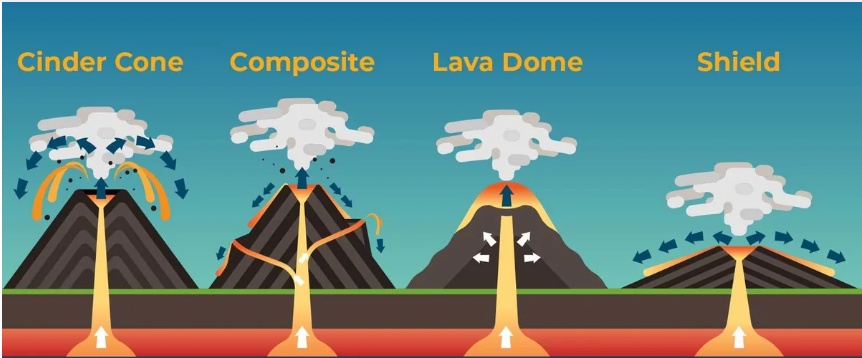7667766266
enquiry@shankarias.in
Lava flows from a volcano in Iceland were slowing down recently, although new vents could open at short notice, according to the Icelandic Meteorological Office.
The Pacific Ring of Fire includes New Zealand, Southeast Asia, Japan and the western coast of the Americas, is a region in which about 90% of all earthquakes worldwide strike.
